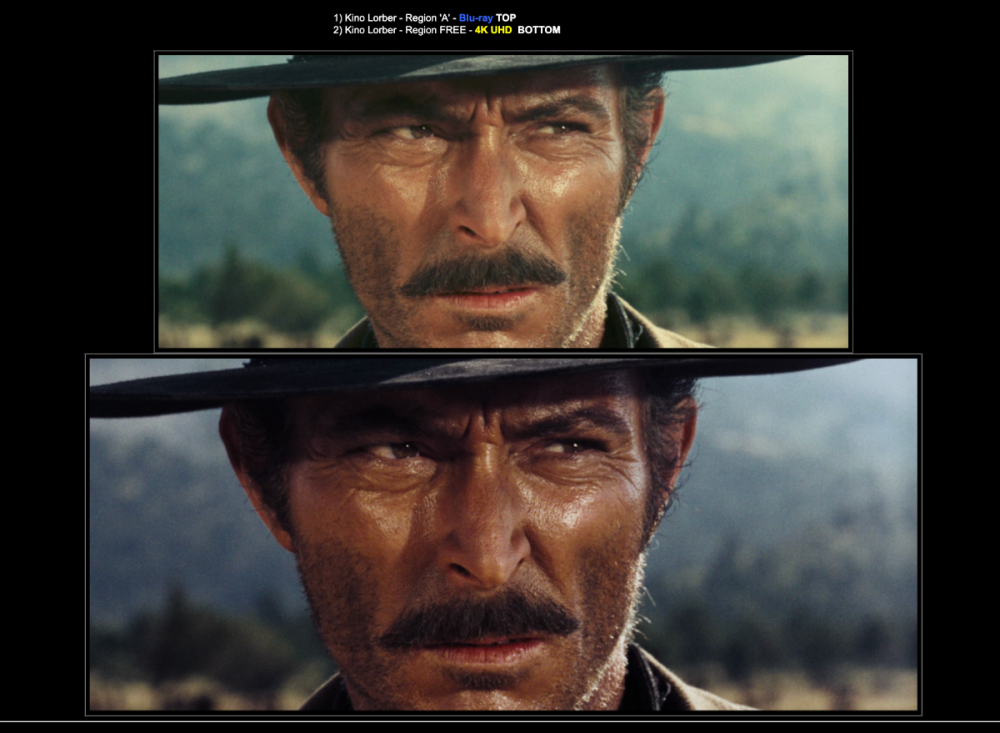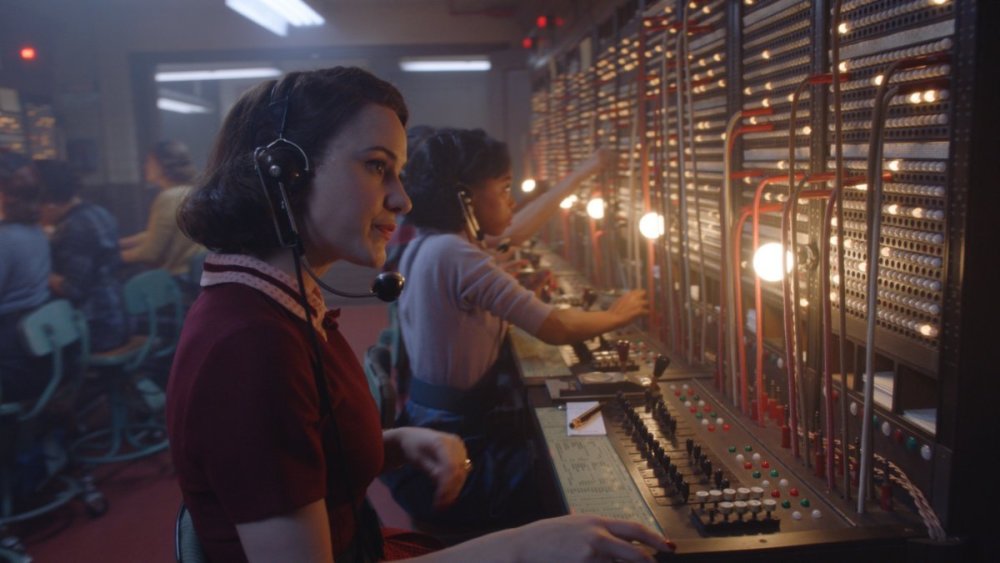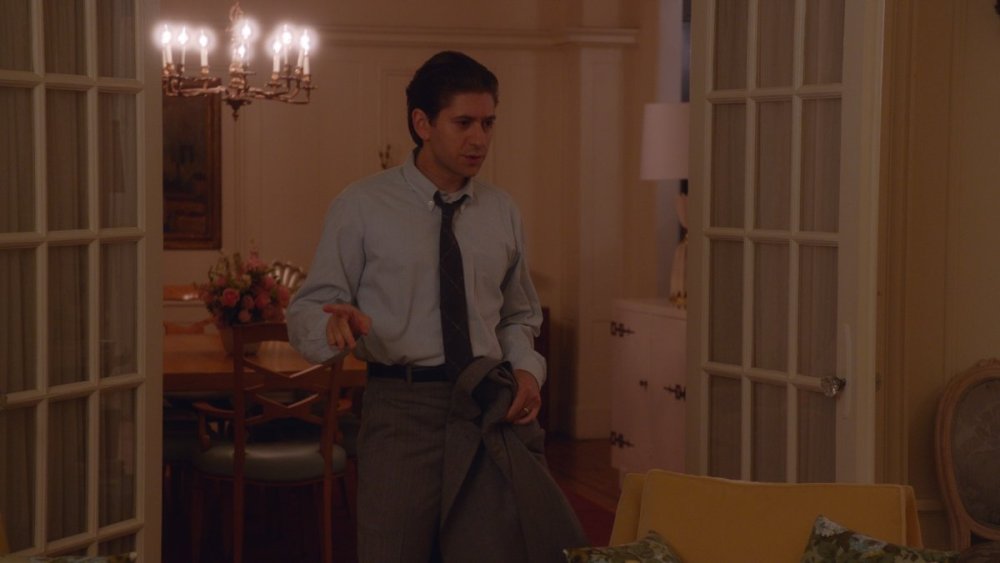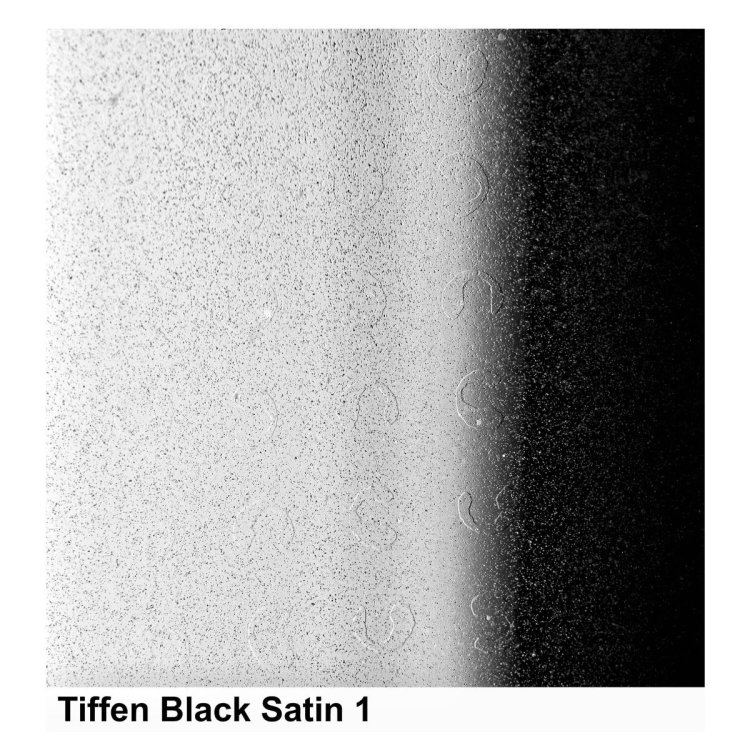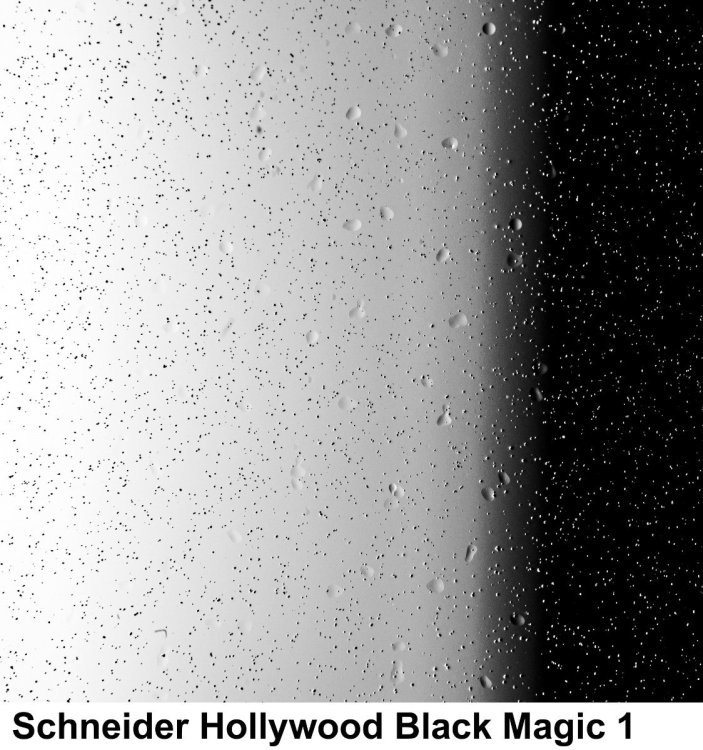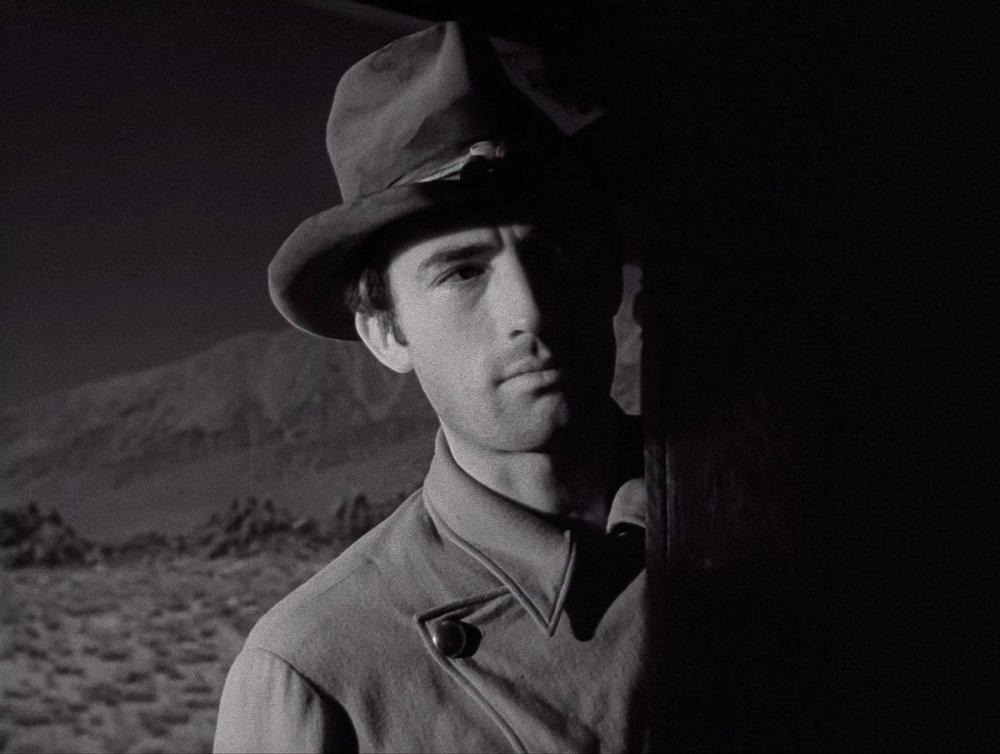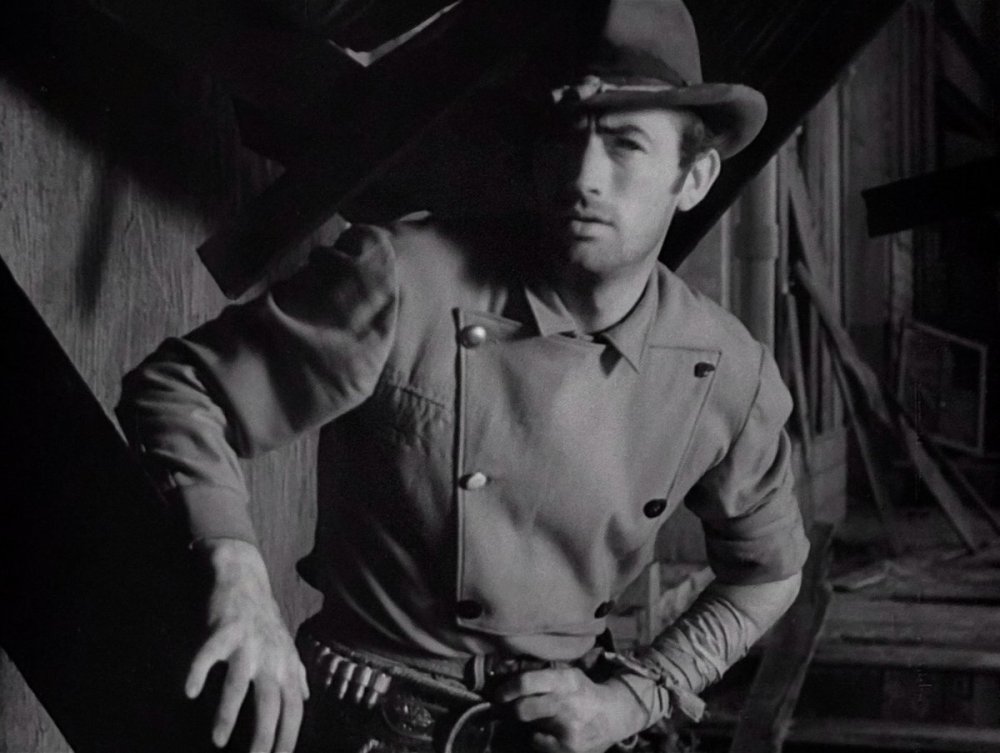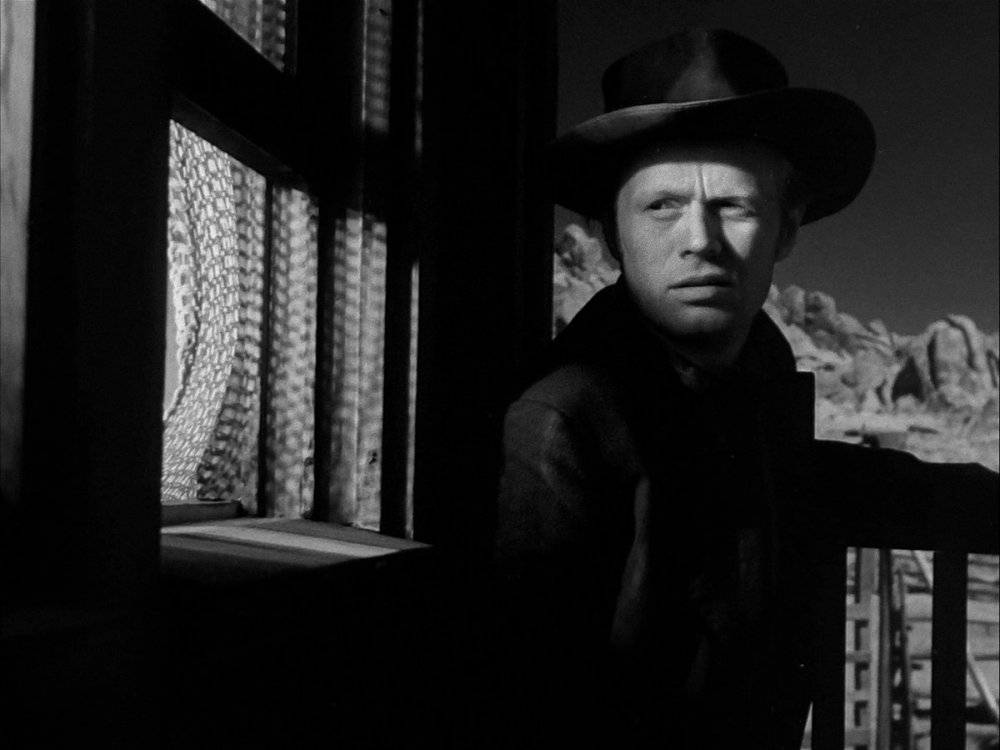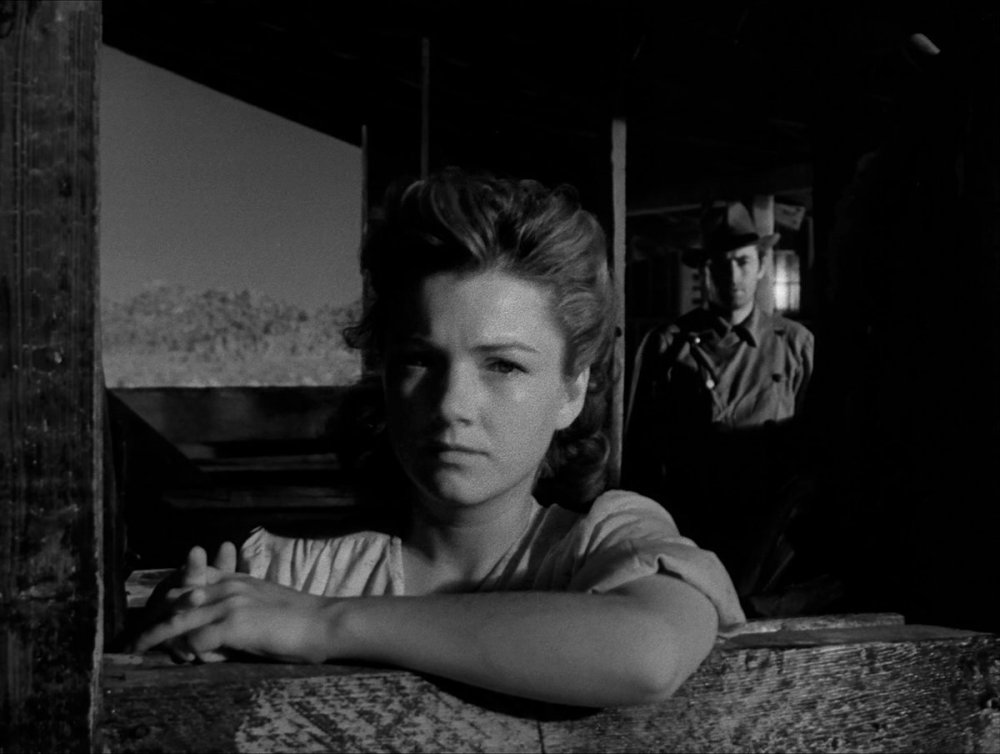-
Posts
22,405 -
Joined
-
Last visited
Everything posted by David Mullen ASC
-
I did a short film using 35mm Ektachrome for a scene that was supposed to be cross-processed... but the lab accidentally processed it normal -- so they offered to copy it onto Ektachrome again and cross-process that copy, which they did. Talk about two radically different-looking images!
- 13 replies
-
- 1
-

-
- ektachrome
- kodak
-
(and 2 more)
Tagged with:
-
In some ways I think it was because the Lumiere Brothers copied Edison's 35mm frame size for the Cinematograph camera, even though they only used one perf per frame instead of four, that enough people were shooting in that format for that size to become the standard. They were also the ones to create the 16-18 fps standard for silent era movies -- Edison's Kinetograph ran faster. When sound films came out starting in 1927, there was a move to change the film format as well and many larger negative formats were proposed, as well as 2-perf and 3-perf 35mm, anamorphic, etc. but the Great Depression killed that momentum.
-
When our film school dean passed away at CalArts, experimental filmmaker Ed Emshwiller, I had to go through his material being submitted for archiving in the library and catalog it. One thing I discovered was that a lot of his late 1960s / early 1970s shorts were shot on 16mm Ektachrome and printed onto 16mm Kodachrome, which oddly enough meant that the print was more archival, color-wise, than the original. I was told that this technique wasn't uncommon for underground 16mm filmmakers at the time who only needed a few prints. I have no idea how they color-timed the print though, it was probably just a one-light. Today the most common solution would be to scan the original, then laser-record out a negative for printing. Or to cross-process the Ektachrome into a negative so it could be printed.
- 13 replies
-
- ektachrome
- kodak
-
(and 2 more)
Tagged with:
-
The colors were primarily achieved through production design and lighting — which is always the case. The dye transfer printing just gave them a bit more contrast with stronger reds. Digital color-correction and display (monitors are additive color systems / prints are subtractive color systems) is an entirely different technology. Yes, they can scan the Kodak color negative used and correct it for more saturation if necessary as long as it hasn’t faded badly. With electronic display technology you can increase saturation and luminance because it’s additive light (RGB), with a print, increased saturation means decreased luminance because it uses YCM dyes that cut wavelengths as light passes through them. So talking about the look of Technicolor dye transfer printing and the look of something on a monitor is sort of pointless, it’s only going to be an interpretation, a re-imagining.
-
3-strip camera technology stopped being used in 1955, but dye transfer printing was done until 1977. There were three labs: Los Angeles, London, and Rome. "Godfather Part II" was the last dye transfer print order done in Los Angeles -- in Rome, "Suspiria" was one of the last if not last. Kino Lorber timed their HD transfer of "The Good, the Bad, and the Ugly" on the warm side, which is why the blue skies got shifted towards the green. They fixed that in the latest 4K transfer: http://www.dvdbeaver.com/film9/blu-ray_review_137/the_good_the_bad_and_the_ugly_4K_UHD.htm
-

types of filters and its effects
David Mullen ASC replied to Geet Suri's topic in Lenses & Lens Accessories
Here's the shot of the switchboard room where I switched to Black Diffusion/FX compared to this scene in the dining room where you can see the halation effect from the Hollywood Black Magic (which I think is pretty... but with the lightbulbs right next to her head in the switchboard, I didn't want the audience thinking about the bulbs): -

types of filters and its effects
David Mullen ASC replied to Geet Suri's topic in Lenses & Lens Accessories
Here is a Black Satin filter -- the "C" shaped impressions are the Diffusion/FX filter which create the softening and the tiny black particles are the Black GlimmerGlass mist filter. One advantage of the "C" shaped pattern (originally created for the Black Diffusion/FX) over the dimples of the HD Classic Soft is that they do not also create their own halation -- with the Hollywood Black Magic you'll see two types of halation around points of light, a blurry glow and a hazy misty glow. With Black Satins, you just have the halation from the GlimmerGlass. There's no right or wrong but sometimes that type of halation from a Hollywood Black Magic is very distinctive, like when pointing at a chandelier with lots of tiny bulbs. I had a shot in "The Marvelous Mrs. Maisel" with a row of lightbulbs next to the actors' heads and I didn't want any halation causing your eye to notice the bulbs too much, so I switched from the Schneider Hollywood Black Magic to the Tiffen Black Diffusion/FX. If I had wanted to stick to Schneider filters, they have a diffusion called Radiant Soft that hardly causes halation. -

types of filters and its effects
David Mullen ASC replied to Geet Suri's topic in Lenses & Lens Accessories
I took some macro photos of diffusion filters to see what was done to create their effects. Here is a photo of the Hollywood Black Magic, the larger dimples are the HD Classic Soft diffusion and the tiny particles are the Black Frost mist filter. -

types of filters and its effects
David Mullen ASC replied to Geet Suri's topic in Lenses & Lens Accessories
Lots and lots of YouTube videos, just ignore claims that filters give you a "film look" or "cinematic look". Use filters because you want a filtered look. There are two types basically: (1) "Mist" filters that spread light using small particles in the glass, some soften more, some create more haze and lower contrast rather than soften as much. (2) "Diffusion" filters that have some optical element like a pattern of dimples let's say that bend light and throw that area out of focus where the clear areas allow sharp images to pass through -- it's the overlay of blurred detail and sharp detail that creates diffusion. Like a mist filter, whatever is causing the softening will also cause some halation around lights (often more of a blurred glow rather than a misty glow). There are a few "combo" filters that mix a mist filter with a softening filter: Schneider Hollywood Black Magics (which combine a #1/8 Black Frost as a consistent base with degrees of HD Classic Soft for levels of softening) and the Tiffen Black Satins (which combine a base of -- perhaps -- a light Black GlimmerGlass with degrees of Diffusion/FX for levels of softening.) The nice thing about these filters is if you want less mist halation for one shot, then also carry the diffusion portion alone (HD Classic Soft or Diffusion/FX) and if you don't want as much softening, carry just the mist portion as well (#1/8 Black Frost or Black GlimmerGlass). I used the #1/8 and #1/4 Schneider Hollywood Black Magic for much of "The Marvelous Mrs. Maisel" but when the #1/8 was still too heavy, I could switch to a #1/8 Black Frost. -

types of filters and its effects
David Mullen ASC replied to Geet Suri's topic in Lenses & Lens Accessories
-

types of filters and its effects
David Mullen ASC replied to Geet Suri's topic in Lenses & Lens Accessories
https://www.amazon.com/Image-Control-Picture-Filters-Techniques/dp/0935578293 It's an older book so isn't going to cover the most recent diffusion filters. But you can learn the principles. -
Schneider's Black Frost is sort of a newer version of Tiffen's Black ProMist and I think it's slightly better especially as they get heavier in strength like the #1/2 -- but on the other hand, the Tiffen Black GlimmerGlass is even better than either if you want to retain some sharpness, especially in the #1/8 to #1/2 range, which are pretty subtle.
-
Generally the difference between many lenses is not as strong as the lightest diffusion filter but certainly a #1/8 something would help, not a #1/4 Black ProMist, which definitely adds a ProMist look. I think these days the #1/8 Black GlimmerGlass (Tiffen) or the #1/8 Black Frost (Schneider) are probably the lightest mist filters. There is also now a Tiffen #1/8 Black Fog that you might check-out. I wouldn't go any heavier; you can finish matching the lenses in post color-correction (truth is that you don't even need filters to match them, you could do it in color-correction as long as you are "dumbing down" the sharper image to match the softer one.)
-
Something like a SkaterScope could rotate the image though it seems overkill and I don’t know how you’d mount it to a Bolex! If you have a dolly you could use a riser and an offset arm and then mount the tripod head upside down. I mean you could do that with a tripod using those parts from a dolly but the dolly is heavy enough to take the offset weight, otherwise you could use sandbags on the tripod.
-
It's funny to refer to movies made before 2000 as "early cinema" -- usually that term is used for early silent era films, basically before 1920 or so. Check out "Yellow Sky" (1948), photographed by Joseph MacDonald. Infrared was used sometimes for day-for-night scenes in b&w but this movie has more of it than any other I've seen. Note that Gregory Peck's black jacket that he wears throughout the movie is light grey on infrared film. The earliest film stocks were blue-sensitive, eventually orthochromatic by the time movies were invented and then panchromatic in Hollywood films by the mid-1920s. So in a sense, early film stock was almost "UV film", it wasn't sensitive to much more than UV and blue wavelengths. I can't think of Kodak selling a UV-only sensitive stock that had use in movies. UV lighting has been used in filmmaking and visual effects though but that involves using fluorescent paints that react to UV light.
-

The Return of VistaVision
David Mullen ASC replied to Gautam Valluri's topic in On Screen / Reviews & Observations
If you end up cropping to 1.85 on either 5-perf 65mm or 8-perf 35mm, the area used isn't dramatically different -- both formats are about 24mm tall roughly but to get to 1.85 from the 1.50 VistaVision negative, you end up cropping vertically to around 19.5mm, whereas with 65mm you are cropping the sides to 1.85, from about 52mm to 44mm. (Don't quote me on these figures, they are very rough, I'd have to get exact specs to give you exact figures.) Stock costs are similar too since you are basically paying for negative real estate, 8-perf is twice as much as 4-perf 35mm (though today for 1.85, you'd probably shoot 3-perf) and 5-perf 65mm is a bit more than double being twice as wide as 4-perf 35mm but also one perf taller so it costs a bit more than 8-perf 35mm. -
I thought the UltraCam lenses were originally Canon K35s... anyway, I'm sure someone would be interested today in vintage glass that covers FF35!
-
Goes back to before the movie camera was invented! Kodak released a box camera in 1888 that used 70mm paper film. In 1888 Louis Le Prince shot the first motion picture images on that Kodak 70mm paper film (though history articles say it was 65mm film and this 70mm/65mm issue keeps repeating itself -- perhaps he trimmed the film.). He didn't invent a good intermittent movement however, limiting his camera speed to something like 8 fps I think. William Friese-Greene also created a similar 65mm paper film camera the next year that ran around 10 fps. Kodak released celluloid film in 1889. WKL Dickson's second attempt at the Edison Kinematograph used 19mm or 18mm film run horizontally as fast as 48 fps I've heard. But his final version used 35mm film run vertically -- it seems likely he just bought some Kodak 70mm celluloid film and had it slit in half or had Kodak do it for him. There were other large film formats in motion picture cameras all through the turn of the century. Then you had Hollywood's brief flirtation with 65mm and 70mm in 1929 with Fox Grandeur, MGM Realife, Fearless Super Film, etc. https://en.wikipedia.org/wiki/List_of_motion_picture_film_formats
-

Moonlight Color Temperature
David Mullen ASC replied to Vivek Venkatraman's topic in Lighting for Film & Video
Whether your moonlight is hard or soft is a creative choice. -
I recall this zoom as being fairly sharp (compared to the 12-120mm Ang. that we all used at CalArts) but it breathes quite a bit and it trombones as you rack focus so it's hard to use with a mattebox on rods, you have to mount the lens shade / filter holder directly on the lens or else give yourself a lot of breathing room with the mattebox, maybe create some bellows or black cloth to cover the gap.




